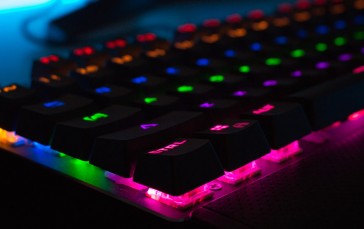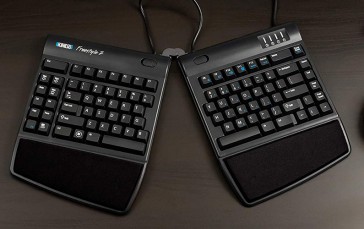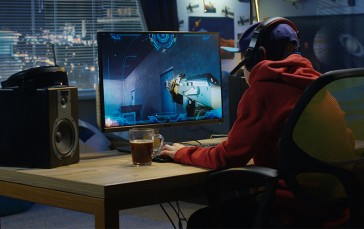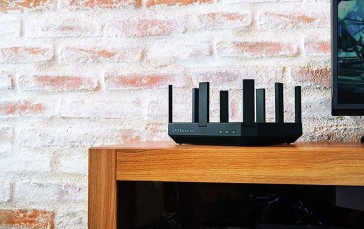Mechanical Keyboard Color Switches
No gaming setup and experience is complete without a mechanical keyboard. They are more reliable than their membrane counterparts, and even though they were once considered expensive (and they still are, to some degree), they have become much more affordable recently. Those who’ve never used a mechanical keyboard before though may feel overwhelmed by all the lingo and jargon and might wonder what – exactly – do we mean by color switches. We want to ensure everyone has the best experience possible, so here’s our complete mechanical keyboard color switches guide to give you an idea of the different types and what they are most suited for.
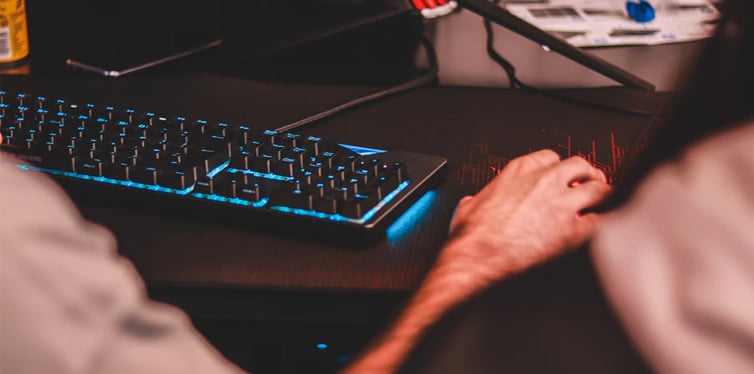
What Are Mechanical Keyboard Color Switches?
Mechanical keyboard color switches are basically the keys, but they’re also so much more than that. The different colors mean different things and are a staple of mechanical or wireless keyboards for gamers and power users alike.
They are available in 3 distinct types: linear, tactile, and tactile clicky. Depending on your gaming style and preference, you need to select the right type for you.
Linear switches are characterized by needing to be pushed all the way down to register and are great for fast-paced games such as first-person-shooters. Tactile switches only require half a press and are better suited for APM-heavy games. Finally, tactile clicky switches are almost identical to tactile ones, except they make a click sound when pressed.
Cherry MX
The creme de la creme of keyboard switches. Cherry MX switches are often imitated but never equaled, and they are both comfortable and responsive. Cherry MX switches can survive 50 million keystrokes before needing a replacement.
Cherry MX Reds – The most popular and widespread of the Cherry MX range, Reds are excellent for both typing and gaming and are extremely quiet while also demanding less than 50 grams of force to press.
Cherry MX Blacks – These linear switches are like the Reds but require more power and feel more resistant to your finger taps. Still, they are great for action-heavy and intense purposes.
Cherry MX Browns – Brown Cherry MXs stand up to the Reds in the gaming world and are some of the most popular around. They are silent and spring back quickly, while you only need 45g of finger force to actuate.
Cherry MX Blues – Unlike other Cherries, the Cherry MX Blues are clicky switches, so you’ll know when you’ve pressed them. How you feel about this is down to preference, as some users enjoy the sound, whereas others find it more irritating than stuck keys. If you use haptic feedback on your smartphone, you’ll probably like this switch.
Cherry MX Speed / Silver – Tailored for gamers, the Speed and Silver Cherries are linear and demand 45g force. They’re similar to the Reds but only depressed 1.2mm instead of the standard 2mm, which makes them excellent for speedy games like World of Warcraft and League of Legends where skills require frequent refreshing.
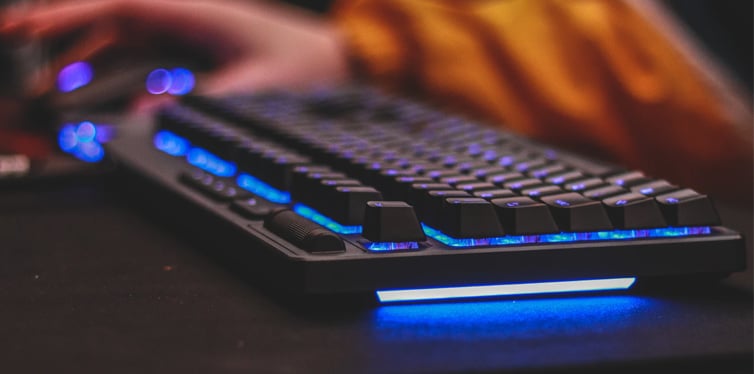
Razer
While Cherry MX switches are the gold-standard, there are many in the mechanical keyboard community that prefer Razer. They are more comfortable and longer lasting than other options while also being responsive. These keys will last you for around 80 million keystrokes.
Razer Green – Sounding exactly like the typewriters of old, Razer Greens are excellent for those needing to type thousands, if not millions (we wish we were that productive) of words every day. They are tactile clicky and help boost productivity.
Razer Orange – A fine balance between an excellent gaming and typing (read: trash-talking) experience. The Orange Razer switches are tactile and quieter compared to their Green cousins. If you’re sharing an office or dorm room, these are the Razer switches for you.
Razer Yellow – Perfect for FPS games, Razer Yellow require just 45g of force and use a linear model ideal for gamers who need solid, reliable responsiveness that can stand up to near-constant bashing throughout an intense gaming session.
Logitech
Once upon a time, Logitech didn’t bother developing its own switches and instead relied on Cherry MX to wow customers. Sometimes, it still does, but Logitech is also including its own more and more frequently on mechanical keyboards. These durable options will last 70 million keystrokes.
Logitech Romer-G – The impressive thing about the Logitech Romer-G is that Logitech developed entirely it from scratch. It’s better suited towards gamers and asks for 45g of force to register a keystroke. The switch the Romer-G is most similar to is the Cherry MX Brown, but this jumps back faster to increase gaming speed.

SteelSeries
SteelSeries also use Cherries with its keyboards often but will also dabble in providing its own occasionally.
SteelSeries QS1 – The QS1 has been compared to the Cherry MX Brown but it is developed with a greater focus on gaming than typing. This switch is quiet, with just 45g of force required for actuation. The linear design is excellent for FPS gamers and ensures consistent performance from dusk till dawn.
Topre
If you’re one of our 6 or 7 readers in the Land of the Rising Sun, you’ll already know a lot about Topre switches. However, these are not as popular in the US. Some of you may not consider them truly mechanical color switches, as they are more of a hybrid between membrane and mechanical.
Topre – The Topre switch is extremely sensitive and requires as little as 5 (yes F-I-V-E) grams of force to register a key press. It may take some getting used to, but once you do your fingers will glide across your keyboard like a ballerina.
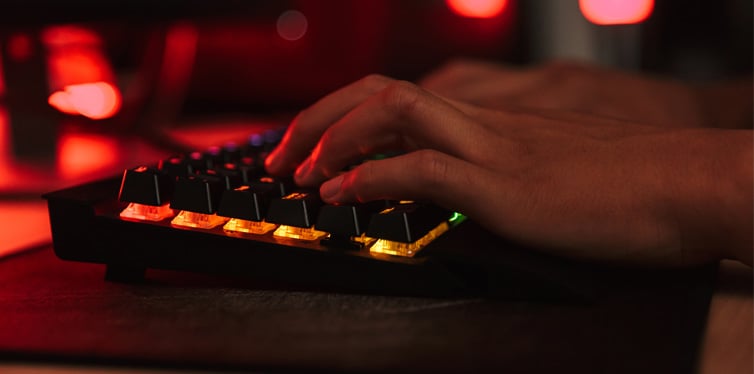
Greetech And Kailh
If you’re shopping for mechanical switches on a budget, the Greetech and Kailh options are the best to go for. Despite the price, they are still acceptable and are often excellent alternative options if you can’t find true Cherry MX switches. They follow the same color coding as Cherry, too, which makes things easier. You’ll typically get around 70 million keystrokes out of these options.
Switching It Up
Regardless of whether you want to game or type, or do a little of both, we hope we’re giving you a solid, informative rundown of what to look for next time you want to upgrade your home or office computer setup. Just don’t let anyone catch you gaming when you should be working, and vice versa.
Sources:
- Mechanical Keyboard Switch Buying Guide – PC Gaming Race
- A Guide to Mechanical Keyboard Switches – Tom’s Guide
- Mechanical Keyboard Guide – Das Keyboard


